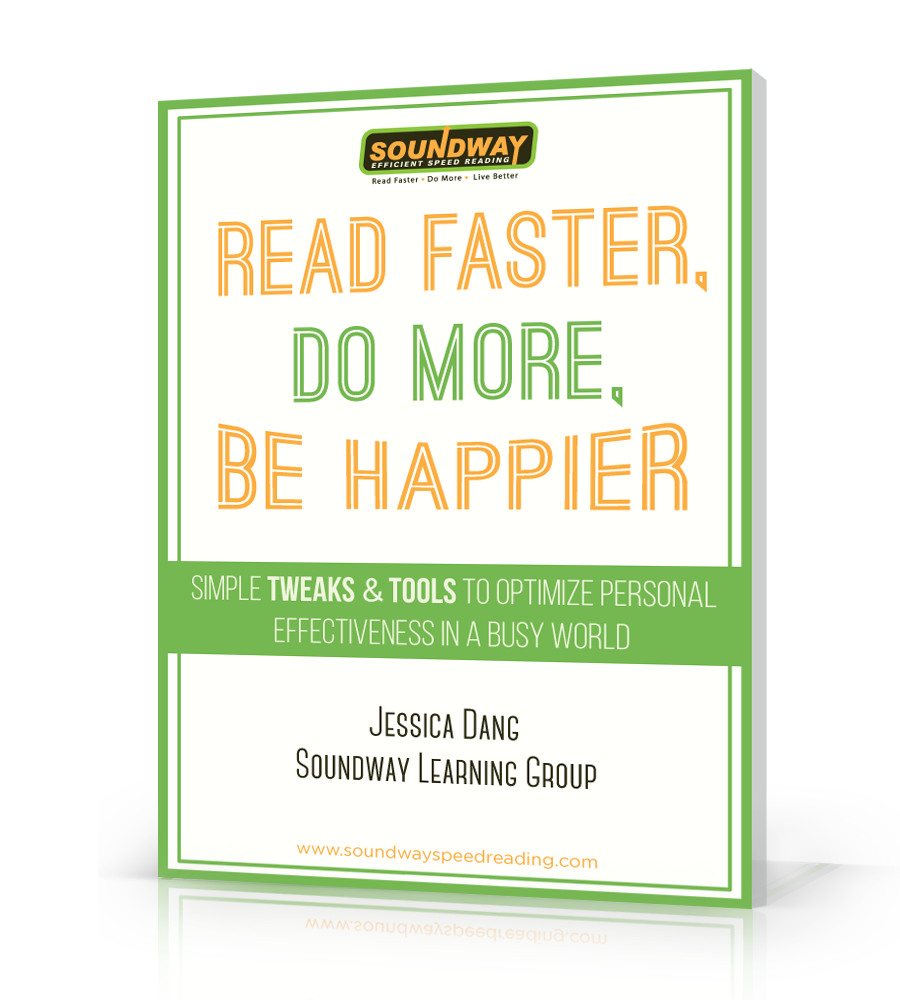S peed reading is a relatively new subject in science, with the first ideas emerging in the 1950s. However, the idea of speed reading has quickly become a popular one due to the time saved from being able to read large quantities of information quickly.
Used by many US presidents and other successful businesspersons, speed reading has made a name for itself. But, many ask, what is the science behind speed reading? How does it work?
Use Your Eyes’ Abilities to the Max
Surprisingly, when reading, it’s your brain that does all of the work. Your eyes act as cameras to capture information and send it to the brain, where decoding occurs. When you read, your eyes make movements across the page, pausing at intervals to capture the information. These series of movements are known as saccades. Our eyes capture pictures of the text we are reading in short fixations following each saccadic sequence.You can train your eyes to move more smoothly across the page and capture a larger area of text in each fixation by using your peripheral vision.
You can train your eyes to move more smoothly across the page and capture a larger area of text. Click To Tweet How?
- Speed readers often practice using a pen or another pointer to act as a pacer that helps their eyes move smoothly over the page.
- Avoid back-reading or returning to text you’ve already read.
- The more you read, the better fluency you’ll have. This means you’ll recognize words more quickly and be able to get through reading material fast.
Learn Skimming Techniques
Reading a text to search for main ideas is a skill that helps improve comprehension and speed when reading through the text again, completely. One can read through the first and last lines of each paragraph or the headings to get familiar with the text. This increases speed and comprehension during reading. This skill is widely taught and accepted in speed reading courses.
Quiet or Speed Up Your Inner Voice
When reading, we speak the words out loud, in our heads. This is called subvocalization. The process actually sends messages to our vocal chords, engaging them to recognize the words. Because language is learned before reading, we automatically associate written words with spoken language. However, subvocalization takes additional time. Learning to use your inner reading voice more quickly or eliminating it completely can help increase your reading speed.
While reading more complex and unfamiliar texts, subvocalization has been found to be helpful in increasing comprehension.However, with practice, you may learn to recognize when you need the help of subvocalization and when you can cruise through, reading at faster rates.
With practice, you can learn to recognize when to use subvocalization and when not to. Click To TweetIf you’re reading for a reason, it’s good to know exactly what you’re looking for. Consider what information you’re looking for ahead of time so that you can zero in on it more easily. Your brain will notice key words related to the information you’re seeking within the passage. You’ll find that this will help you get through your stack of reading more quickly and give you greater satisfaction. Just thinking about what you’d like to gain from reading a text first will set you off in the right direction.
Know What You Want
Speed reading can be a great way to help increase your productivity. As you can see from the information explored, there’s plenty of science to prove that you can increase your reading speed and achieve great comprehension. Start practicing today!







